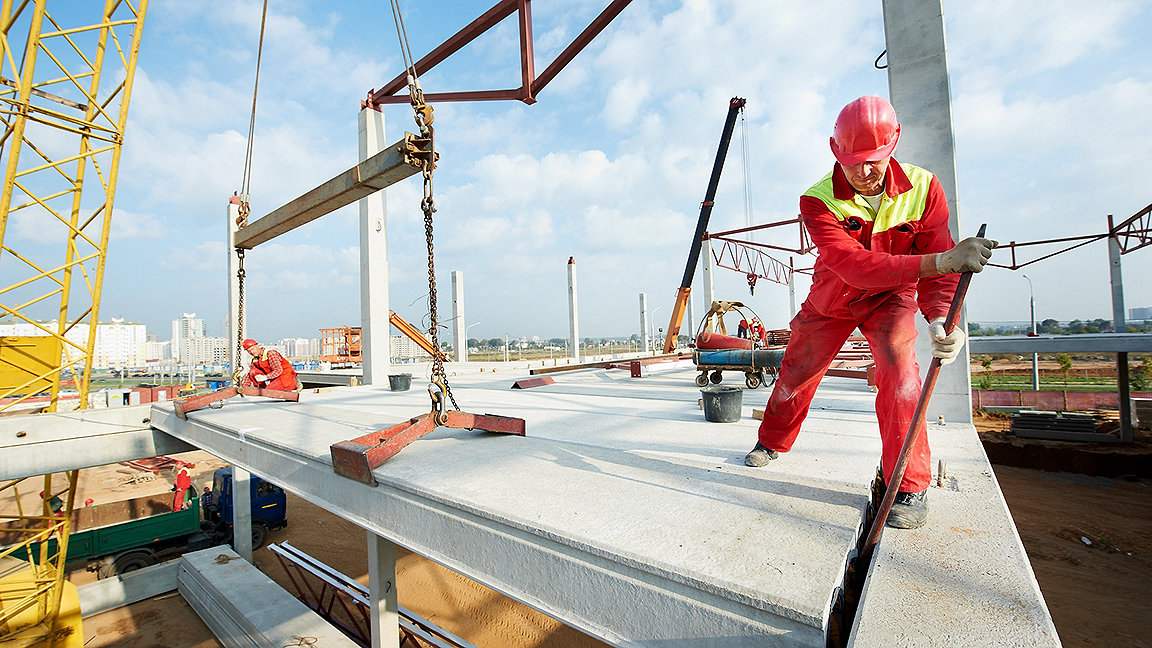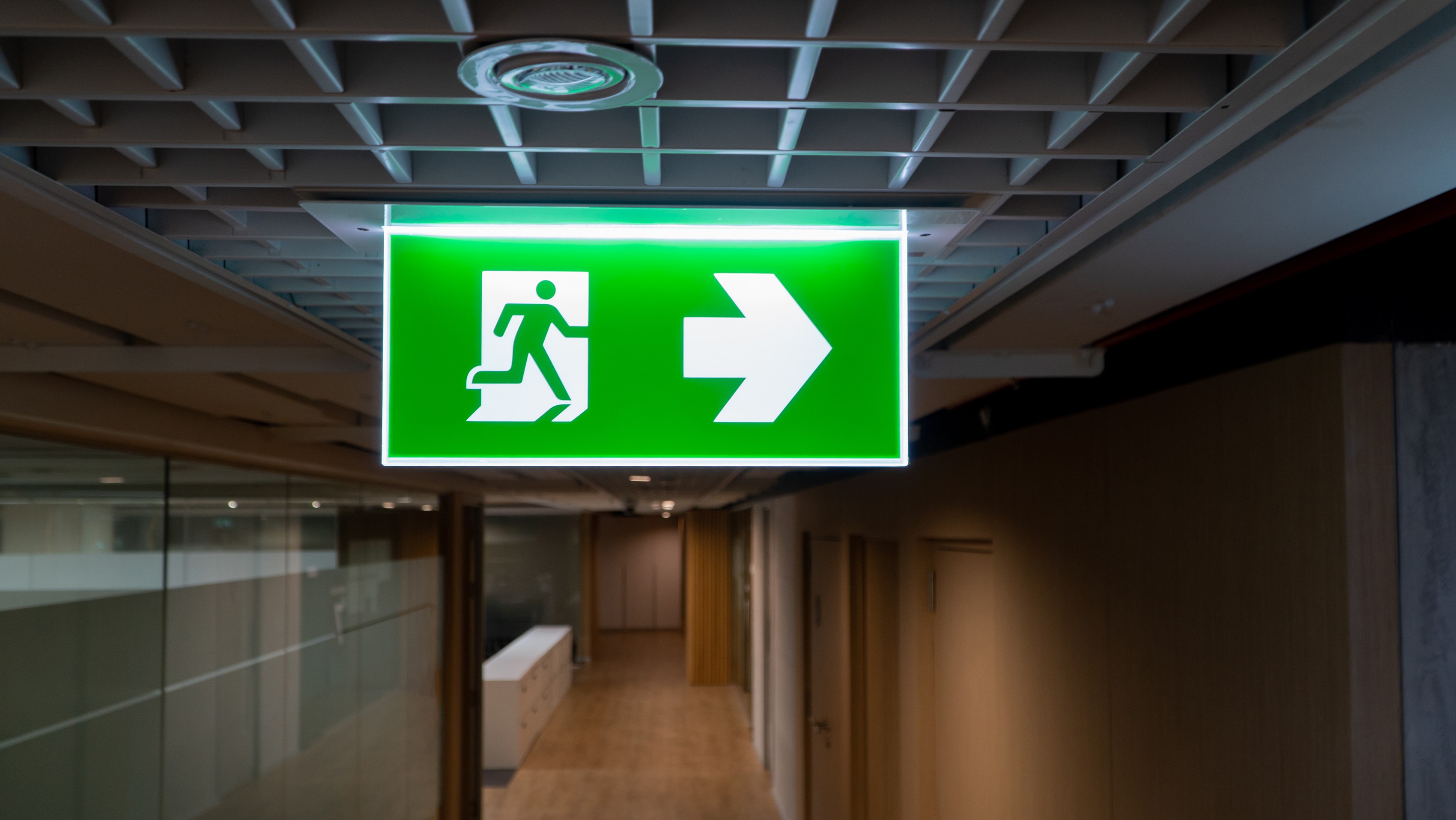
In March 2021, CROSS-UK was relaunched in response to a recommendation by the Hackitt review to improve the culture of building safety. The organisation's new name, Collaborative Reporting for Safer Structures UK, was designed to reflect a wider remit that included fire as well as structural safety.
Since the relaunch, CROSS-UK has received more than 100 new reports from built environment professionals raising concerns about safety issues. A third of these relate to fire safety – a significant proportion, given that the organisation has only been receiving reports on the issue for 18 months, compared to almost 18 years for those on structural safety.
One of the purposes of this system is to increase awareness of potential issues and ask challenging questions of the industry, as well as to share lessons learned. The need for a way to raise concerns in confidence is recognised in section 8 of the Building Safety Act 2022, and the new Building Safety Regulator (BSR) has a duty to appoint an independent party to operate this system.
CROSS has begun discussing with the BSR the potential of fulfilling this role itself, and the UK government has already invested significantly in the organisation's expansion with this potential function in mind.
Guidance and tests are no safety guarantee
One key report received by CROSS in the past 18 months concerns multi-storey cross-laminated timber (CLT) buildings' risk of collapse during a fire. This drew attention to the fact that observing the recommendations of Approved Document B will not necessarily ensure that structures in certain situations – including large timber buildings, as well as those with difficult ground conditions, very large or complex buildings and some that use modern methods of construction – will comply with the Building Regulations.
Approved documents only provide guidance for common building situations, and may not be appropriate for those that are unusual in terms of setting, occupation, use or technology. The feedback received from readers of this report after publication suggests that the universal applicability of approved documents is a common misconception among designers.
This theme was elaborated by CROSS's expert panel, who agreed with the original reporter that simply following approved documents' guidance will not necessarily ensure the compliance of CLT in multi-storey buildings.
Meanwhile, another report queried the fire performance of internal light-gauge steel-frame walls that are structural but not compartmental.
In an actual blaze, these could be exposed to fire from both sides simultaneously; yet evidence of their fire resistance from testing is based on exposure to one side only. This report has quickly gained traction and prompted intensive discussion in the industry.
Persistent balcony issue prompts alert
Another matter of particular concern recently has been the safety issues associated with balconies.
Since it was established in 2005, CROSS has been sent numerous structural safety reports on the design, construction and maintenance of balconies. If it receives a rash of reports addressing a common concern then the organisation will publish a safety alert.
Such an alert on balconies was published in February 2022. This is aimed at all those involved in the design, construction and management of balconies and highlights the common safety issues encountered by practitioners, which include overloading, handrail or barrier failure, durability and fire risk.
How can we measure cultural change?
The prevalence of such issues indicates that the need for safety must be embedded in the industry. How successful CROSS is in changing the culture of construction to ensure that buildings are safe – as the Hackitt review also recommended – will in the longer term be attested by safer buildings, with fewer structural safety incidents and fires, and reduced impact from those that do occur. However, to measure such change in the short term is challenging.
CROSS is therefore taking part alongside government bodies in an pilot scheme led by the Construction Leadership Council to examine how such change can be measured. It is working with the Building a Safer Future (BSF) Charter and Code for Construction Product Information (CCPI) initiatives to see how far these are being taken up across the industry.
One of CROSS's goals is to encourage, process and publish safety reports such that any lessons learned are shared across the industry. However, it recognises that anyone with safety concerns must first be aware of CROSS and trust the organisation before they will submit a report.
Wider understanding of the system's benefits, increased numbers of safety reports being submitted and greater interaction with CROSS by the industry could be seen as indicators of cultural change. Since its expansion into fire safety, CROSS has observed a steady rise in visitors to its website and subscribers to its newsletter, and some increase in the number of reports received.
As professionals' trust in CROSS and its values rises, it is to be expected that growing awareness would be demonstrated in these ways before an increase in the number of safety reports submitted. Yet the number of newsletter subscribers – whether they are working in design, construction, operation or maintenance of structures and buildings – is still small compared to the number of people in the industry.
CROSS has seen a 40% increase in subscribers since the relaunch, although there is significant potential for further growth given there is no cost to sign up and many advantages in doing so. These include the opportunity for continuous learning and development, improving safety knowledge, keeping up to date with emerging issues, sharing understanding and finding out more about best practice.
Legislation and CROSS raise awareness
On the fifth anniversary of the Grenfell Tower fire, Dame Judith Hackitt gave an update on the progress of culture change from the perspective of the Industry Safety Steering Group. She pointed out that the industry has not yet taken up tools such as the BSF Charter and CCPI to help make buildings safer, to demonstrate that it values an effective safety culture.
CROSS anticipates that the introduction of gateways one, two and three – at each of which, planning, construction and handover, the 2022 Act requires the safety of projects to be reviewed and signed off – will provide further legislative incentives for cultural change.
This will be reinforced by mandatory occurrence reporting for higher-risk buildings. Under this requirement a report must be submitted for a high-risk building if a structural or fire safety incident during design, construction or occupation, without being remedied, would be likely to present a risk of death or injury to a significant number of people.
CROSS continues to promote the benefits of safety reporting to companies, leadership groups and trade bodies. Professional bodies such as the Institution of Structural Engineers and the Institution of Fire Engineers among others recognise the value of the system, and are integrating the need to demonstrate awareness of CROSS – for instance by reading our reports or subscribing to our newsletter – into their continuing professional development requirements. We encourage individuals to be a part of the culture change, and one way of doing this is to sign up and share lessons learned confidentially.
RICS global building standards director Gary Strong comments: 'We are pleased to be supporters of CROSS-UK and to take part in its fire safety expert panel, and encourage RICS members to report any issues they encounter.'
'CROSS anticipates that the introduction of gateways one, two and three will provide further legislative incentives for cultural change'

